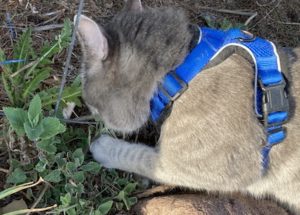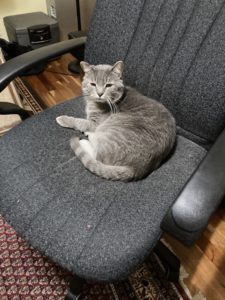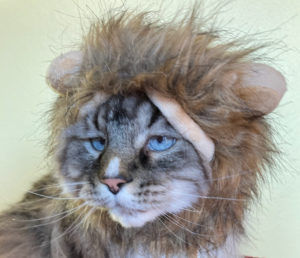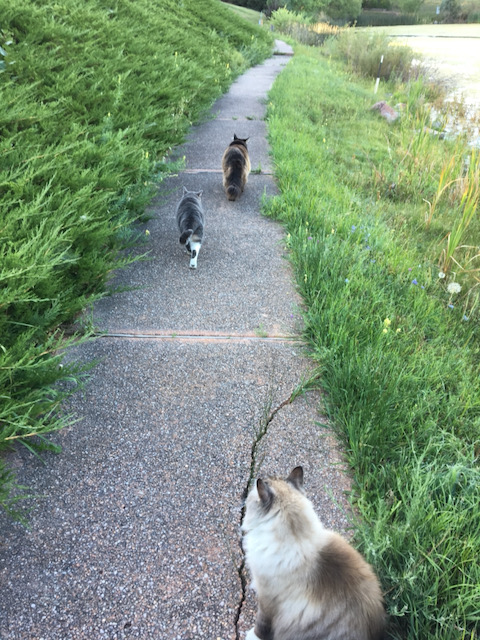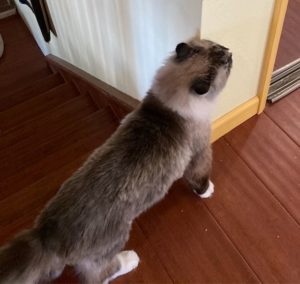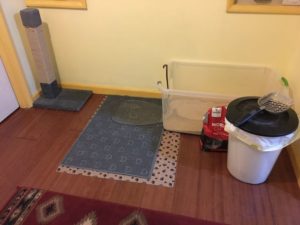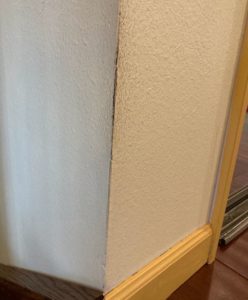Moving can be hectic and stressful for both people and pets. When you move your cat, he is uprooted from his territory, a place where he feels safe and secure – where he can rest, has shelter, and is safe from predators. What do you need to consider when unloading the boxes and positioning the furniture?
Setting up a cat-friendly home can help reduce the stress of the move and help your cat quickly establish her new territory.
setting up a cat-friendly home
The American Association of Feline Practitioners (AAFP) list five things that make a healthy environment for a cat.
- Resources : food, water, litter box, shelter
- Safe access to resources
- Environment that respects the cat’s sense of smell: territory
- Human interaction: predictable
- Predatory behavior
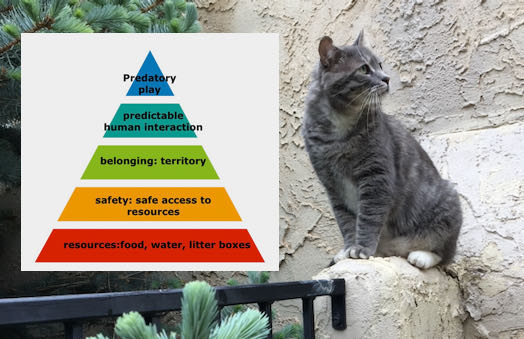
- If we organize these needs in a pyramid diagram, the lowest tier includes those needs essential to survival: food, water, and litter boxes.
- The next level ensures that these essential resources are available to each cat to use safely, without fear. We cat owners must provide multiple, separate feeding and watering stations and litter boxes.
- Another of the AAFP requirements is that the environment respects the cat’s sense of smell. Such an environment is the cat’s territory. Cats will mark walls and furniture in the home with scents from glands in their faces and mark scratching posts with scents released when scratching. Your cat belongs to his territory.
- The final two tiers deal with how we interact with our cats and…
- Offering them an opportunity to exercise their hunting skills.
The first three tiers are ones that are physically affected by moving from one place to another.
- Where do you locate litter boxes and feeding stations in your new home?
- Where can you locate safe places for your cat to chill, nap and keep on an eye on the household?
- How do you help your cat establish a territory and maintain the scent profile of the home?
I have recently moved from my townhome of 13 years into a 2 story, unattached house. Placing cat resources is a work still in progress – here is my “first cut”. Join me and take a look at the placement of my cats’ resources and the pros and cons of my choices. I hope you enjoy The Purrade of My Home!

